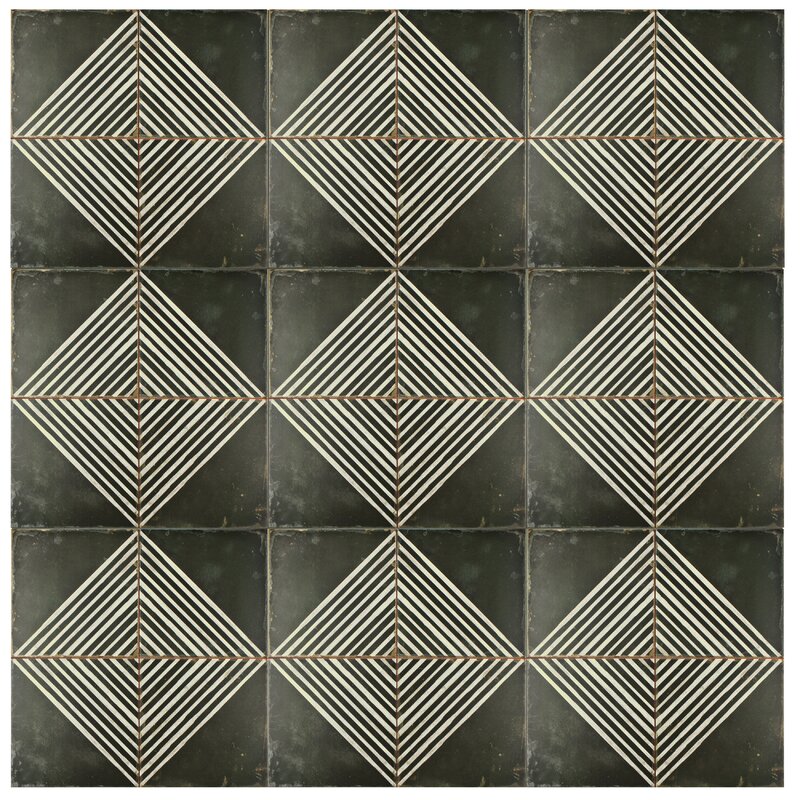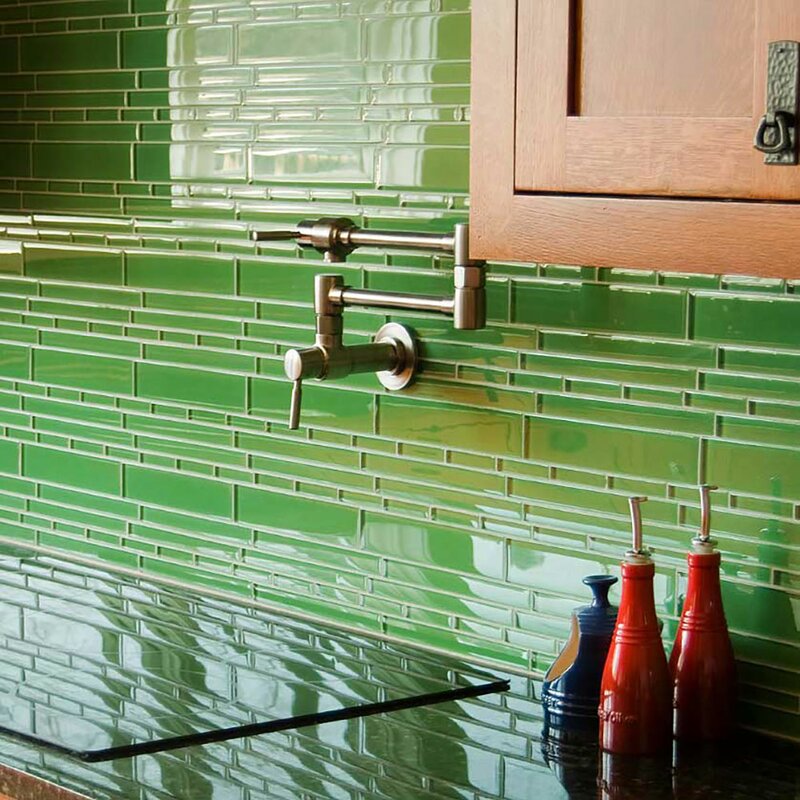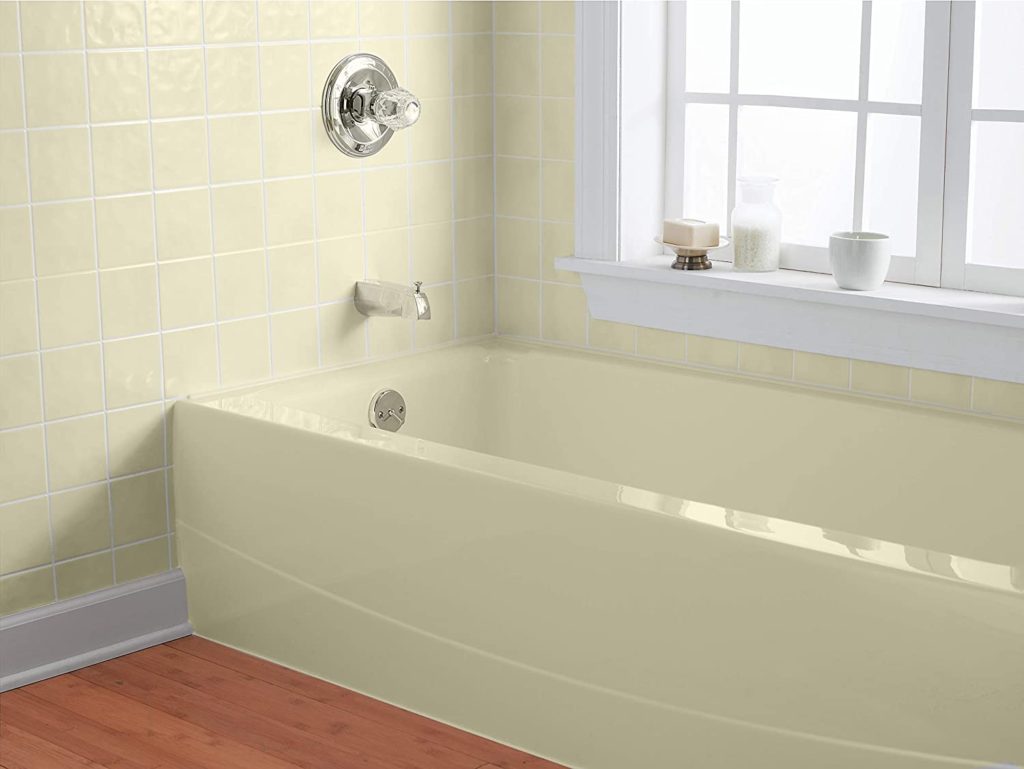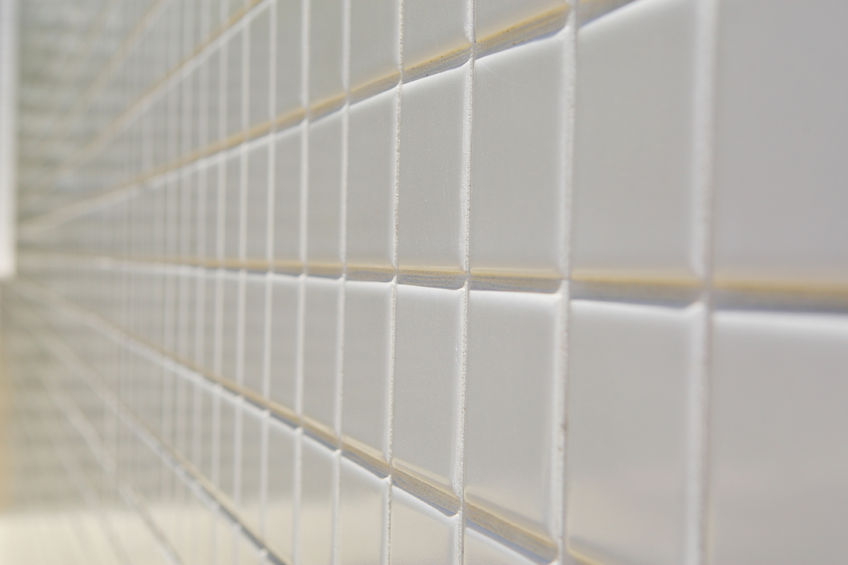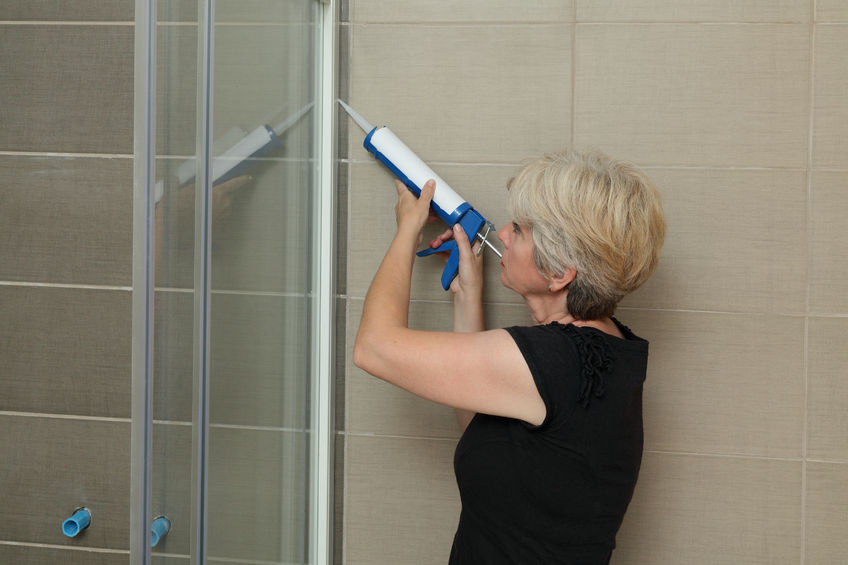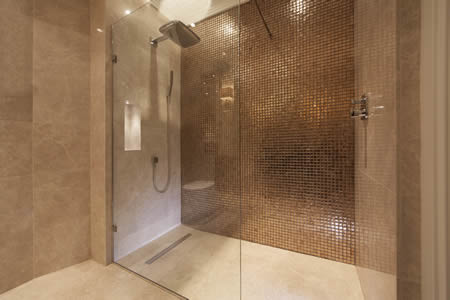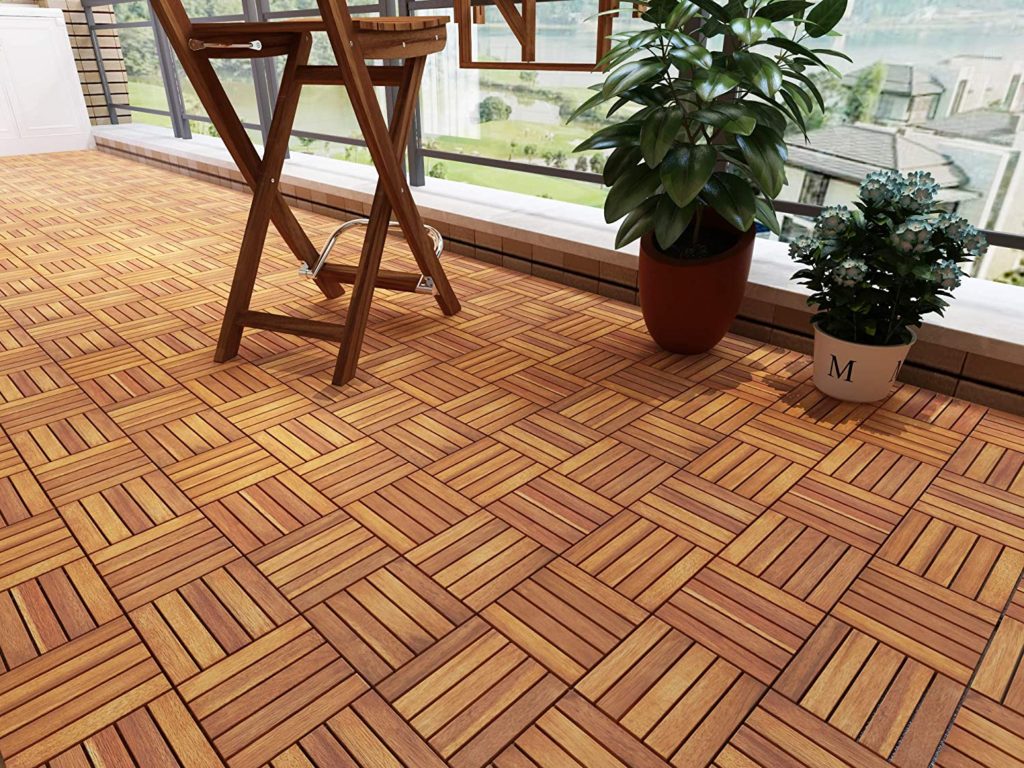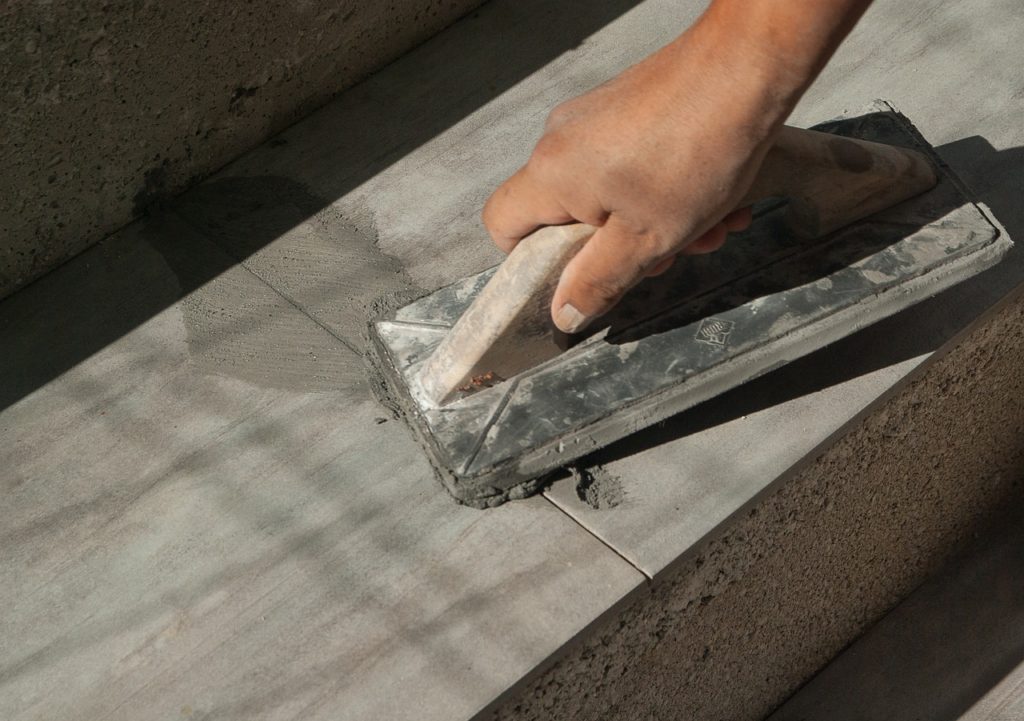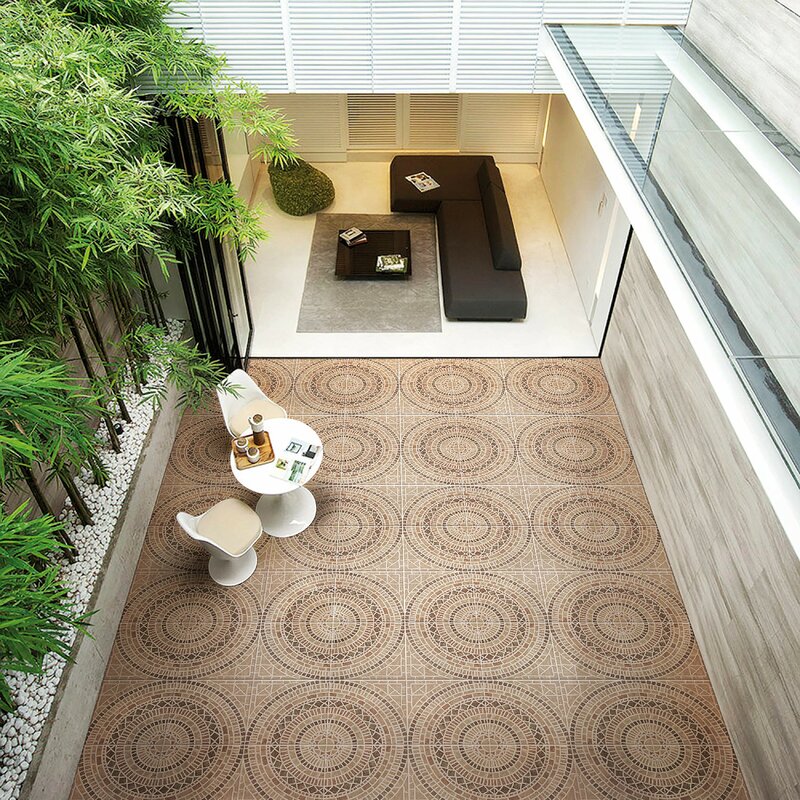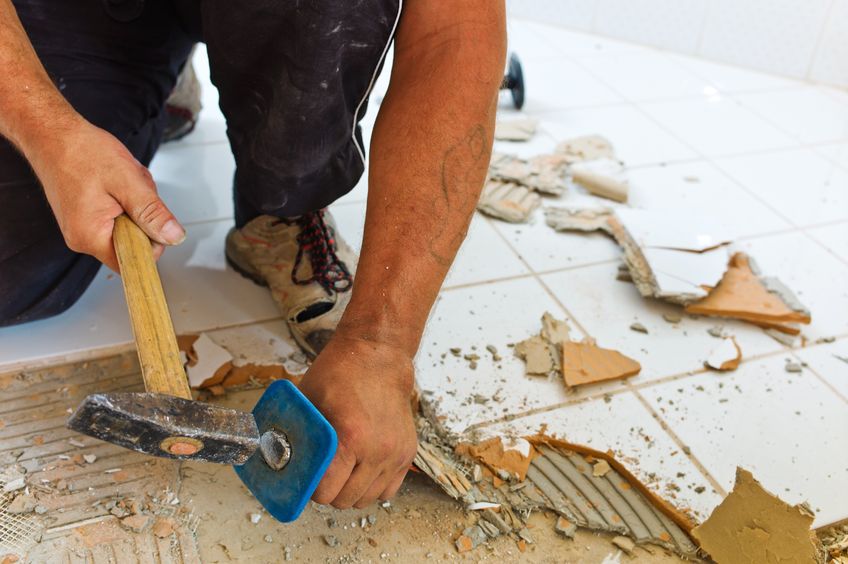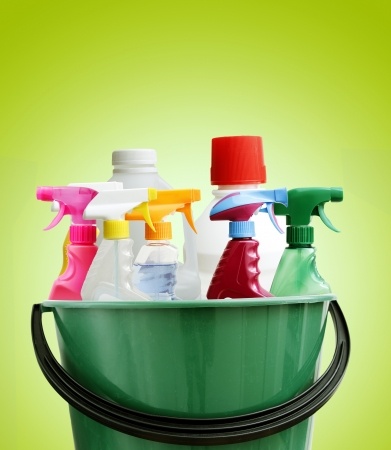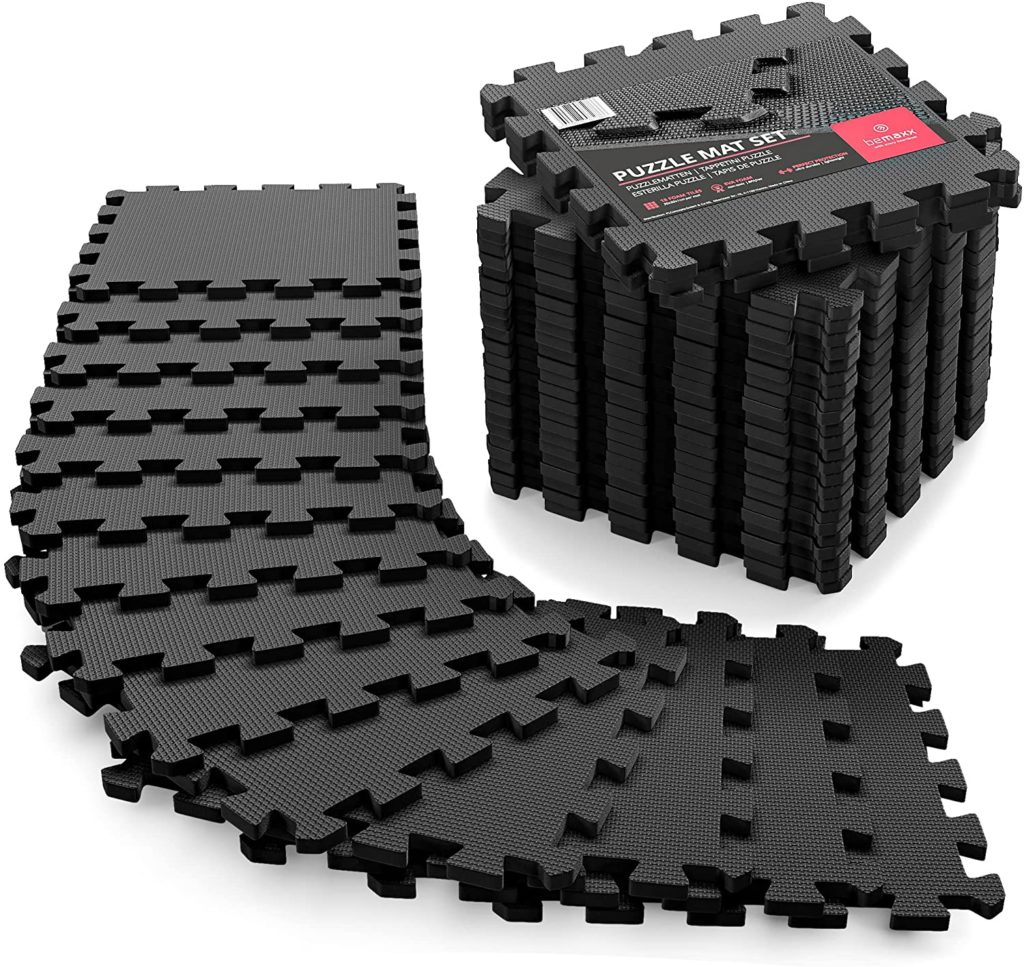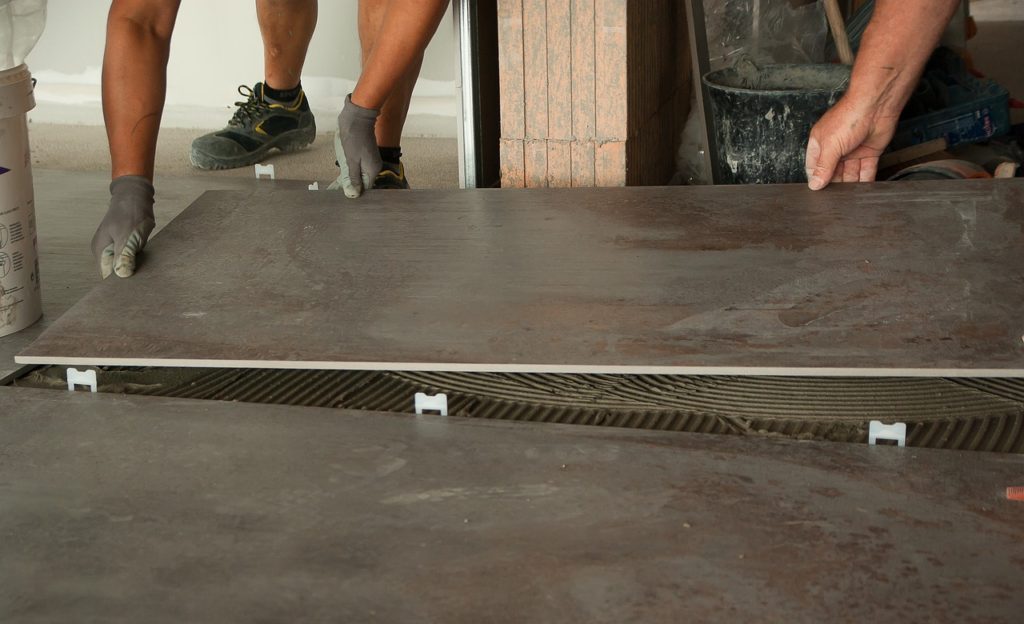
There can be a lot of new terms that come up when purchasing or planning to install tile in your home. So we’ve compiled a quick list of some of the most commonly used tile terms along with their definitions to help you on your way. Let’s get started!
Back Buttering: This refers to evenly spreading adhesive on the back of the tile with a trowel before setting. Doing so provides a stronger bond with the setting bed and is a must for sheet-mounted tiles like mosaics and tiles that have an uneven back.
Backer Board: A setting surface for tile that is made from cement and sand. It is commonly used on backsplashes, floors, and counters and has fiberglass mesh on both sides.
Backsplash: The wall space above the countertop, sink, or stove area. This space needs to be protected from heat and water damage and that is why tile is the preferred material used.
Bull Nose Trim Tiles: These are trim tiles that have a single smooth and rounded edge. You’ll most likely see them on countertops and corners.
Butt Joint: A joint formed by tiles that are abutting each other without using spacers.
Caulk: A flexible and waterproof sealant that is used to seal areas where tile meets another material such as with expansion joints. They are also commonly used to seal the areas around plumbing and faucets.
Ceramic Tile: The most widely used and available type of tile around the world, ceramic tile is made from clay which has been fired at high temperatures and often glazed.
Coefficient of Friction: A measurement of slip resistance for tile. The higher the rating is, the more resistant the tile is to slips. The lower the rating the less grip it has and more slippery it is.
Decorative Tile: Sometimes referred to as art tiles, these are handmade or hand-finished and come in an endless array of patterns, motifs, and images. Many homeowners use them as accents for larger installations but they are just as home on a backsplash as well.
Efflorescence: A white salt deposit found on the surface of tile grout and mortar, caused by the evaporation of salt-bearing water used during the installation process such as when mixing the grout.
Expansion Joint: A type of joint that uses flexible caulk instead of grout. This allows for movement preventing cracking of the tile which is very important in areas where tile meets another material such as a wall.
Field Tile: The tile that is used in the main “field,” or area of the project in contrast to accent tiles.
Floor Tile: Tile which is designed to be durable enough for use on the floor. Normally it is thicker and heavier than wall tile however floor tile can be used on the wall too.
Glaze: A protective and decorative coating that is fired onto the tile in a kiln.
Grout: A cement-based powder that is mixed with water and used to fill in the joints between tiles. Tile grout may also contain sand and this type is ideal for larger joints.
Listello: These are decorative border tiles often with a raised design. They are particularly sought after when made from natural stone.
Marble Tiles: Natural stone tiles cut from marble that are known for their elegant looks, unique veining, and natural patterns.
Mastic: A type of glue used to adhere tile to surfaces. It is best for smaller tiles and those used on the wall, not the floor.
Metal Tile: Often used on walls and backsplashes, metal tiles are made from stainless steel, aluminum, copper, brass, and iron.
Mirror Tiles: Glass tiles that have a reflective surface just like that of a mirror and which are used on the wall.
Mosaic Tiles: Tile that is two inches square in size or smaller and normally attached to a mesh backing. Mosaic tiles usually can be used on the wall or floor and some homeowners use them to create pictures or patterns.
Natural Stone Tile: Tile made from genuine stone which ordinarily means marble, granite, slate, limestone, travertine, or sandstone.
Non-Vitreous: A term used to describe tile that is fired at a low temperature for a short period of time and that is highly porous and water absorbent.
PEI Rating: The Porcelain Enamel Institute’s rating of how durable a tile is. Using it can help you to determine where and how a tile can be installed. The scale starts at one and ends with five being the toughest materials.
Penny Tile: Circular-shaped tiles that are similar in size to a penny, often also called penny rounds.
Porcelain Tile: Similar to ceramic tile however it is fired at higher temperatures and for a longer period of time. It also is more durable and absorbs less water which makes it not only a great choice for walls and floors but many times outdoor as well.
Rubber Tiles: A group of floor tiles made from recycled rubber or foam that are known for their forgiving and soft surface. There are options specifically made for small children, patios, garages, and playgrounds.
Rubbing Stone: A stone used for smoothing the sharp edges of tiles particularly after they have been cut.
Sealer: A barrier applied to vitreous and semi-vitreous tiles that protect against water and staining.
Semi-Vitreous: A term used to describe tile that has been fired at about the same temperature as non-vitreous tile however for a longer period of time, to produce a material that has a medium amount of absorption.
Snap Tile Cutter: A device used to cut small amounts of tile by first scoring and then snapping them.
Subfloor: The base for a finished floor, typically made from plywood and attached to the floor joists.
Subway Tile: Rectangular-shaped tile that originally was used in the underground subway train system.
Tile Nippers: A plier-like tool with carbide-tipped jaws that is used to bite small chunks out of tile.
Tile Spacers: These are small pieces of plastic that are inserted in-between tiles during the installation process to make sure the spacing is even.
Trim Tiles: Tile used to finish off the main area of the installation, also sometimes called border tiles.
Trowel: A hand tool used for applying thinset to wall or floor surfaces.
Vitreous: A term used to describe tile that is fired at very high temperatures for a long period of time and therefore only absorbs a very small percentage of water. For this reason, they are often used as outdoor tiles.
Wall Tiles: Tiles made specifically for use on the wall. They are lighter and thinner than those used on the floor and therefore should only be used on the wall.
Waterproofing Membrane: A waterproof covering that comes in sheets or can be brushed on, which protects the subfloor from water damage.
Wet Tile Saw: A power tool used to cut ceramic, porcelain, glass, and natural stone tile. These use water to keep the friction and dust to a minimum.
With this quick list of tile terms, you’ll be able to understand the basics without having to do any research of your own. However, many of these topics are covered in more depth on our site if you’d like to learn more.
The Top Tips For Tile Countertops
Buy on Wayfair Countertops are an important space in any home. In the kitchen, they are where we prepare meals, wash up, and even store extra items. And of course in the bathroom, they serve as a place to help us get ready for the day and retire for the night. Even...
Choosing Your Tile Color
Buy on Wayfair The tile color you choose is one of the most important decisions you can make for your project. It can make a huge difference in how your home looks and feels and can even be a factor if there comes a time in the future when you would like to sell your...
How To Touch Up Your Tile On A Dime
Buy on Amazon Chipped and cracked tiles can be a major eyesore. They not only take away from the look of your installation but from the room as a whole. However, oftentimes you can get away without having to remove any tile whatsoever, saving you time and money. When...
Water Stains: A Sign Your Tile Installation May Have A Problem
There are a few clues that can help to show you that your tiling project may have a problem. Water stains in particular can be a dead giveaway that tiles that have been installed in a wet area like a bathroom, have a problem. Even if the stains have just recently...
The Best Practices For Dealing With Cracked Tiles And Joints
Adding tile to your home is always a smart decision and one that will add to its looks and function. However, sometimes problems may arise after the job has been completed. Without a doubt two of the most frequent are both cracked tile joints and cracked tiles. Here...
Six Wet Room Tile Design Tips
A wet room is a completely waterproof shower room that offers a more stylish and contemporary alternative to a traditional bathroom. They can be installed in virtually any home and are fantastic for increasing the value of a property. Tiling is one of the key design...
Deck Tiles: An Easy and Inexpensive DIY Option
Buy on Amazon A new deck or patio can not only be a very time-consuming project but also an expensive one as well. A much more convenient and inexpensive option are deck tiles. Made from a variety of great-looking materials these tiles are an easy way to give your...
Tiling Tips That Can Save You Time, Money, And Effort!
When purchasing, laying or working with tiles, a little good advice can go a long way. Most mistakes that cause you to lose time, money, and effort are easily avoidable. Here are some tips that could help you save one or all of these: -Before you start your project...
Larger Tiles Tend To Make A Small Room Appear Bigger!
Buy on Wayfair There are many tricks used by interior designers, builders, and contractors that can really affect the way a room is viewed. And while most homeowners don’t know about them, they are simple enough to be applied by anyone and can really work wonders to...
How To Estimate How Many Tiles You Need Quickly And Easily Without A Tile Calculator!
When purchasing wall or floor tiles, many people use a tile calculator program. However, not only do you not need one, its smarter for you to know how to estimate how many boxes of tile you will need by yourself, without the use of a computer...
Learn Tile Removal In 5 Minutes!
There are many reasons you might need to remove a single or even multiple tiles. The good news is you don’t need to pay someone else to do it for you. While it might require a little “elbow grease,” tile removal is a very simple DIY repair that any homeowner can do...
So What’s The Best Tile Cleaner? It’s Not What Your Mother Told You!
We’ve all seen nasty green grout lines and funky sticky tiles somewhere, and always promise ourselves it won’t happen to us. So what’s the way to keep the green monster at bay? It’s actually not the way your mom probably taught you! What Not To...
Rubber Tiles Made Easy!
Buy on Amazon While rubber tiles are not known for their beauty or stunning appearance, that’s not what they’re built for. Instead, these tiles are all about function. So here is your complete guide to this helpful flooring option. Safety The reason most people...
